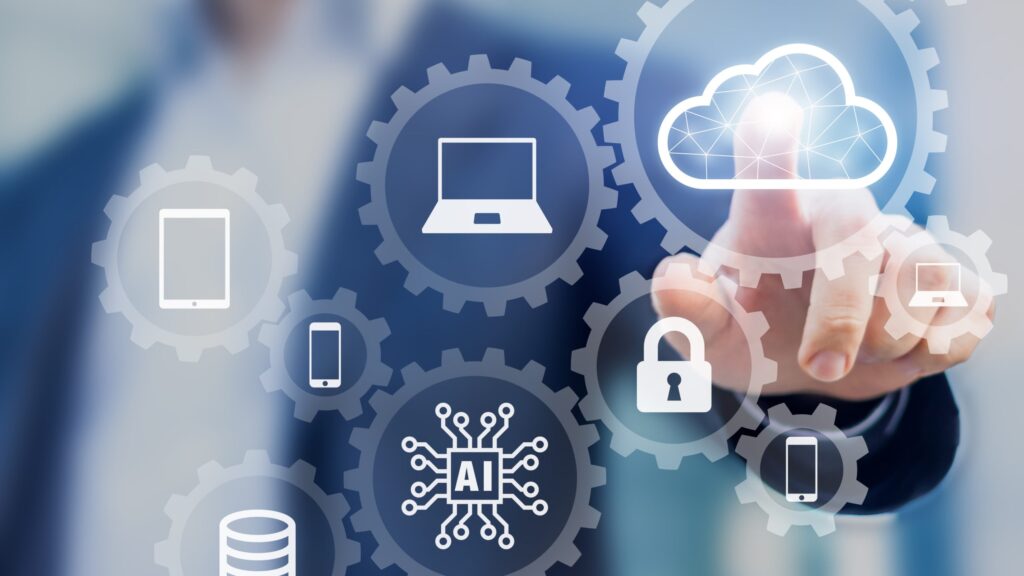
Information technology or IT infrastructure is critical to maintaining the productivity of a business and enhancing overall employee performance. A strong network of IT infrastructure components such as data storage, hardware, and software makes your business operations run smoother and more efficiently.
With businesses opting for the digital route the importance of IT infrastructure components has become critical. If you are someone who is looking at the use of technology in your business then you are at the right place. Going one step ahead let us figure out what are the components of IT infrastructure that ensure smooth communication, faster exchange of information and secure data sharing within the business.
Hardware
Hardware refers to the physical components that refer to the core of IT infrastructure. Some examples include laptops, printers, storage devices and computers. IT infrastructure components like applications need to function properly.
The hardware allows users to input data into the systems, and store and share it. Hardware is going to work hand in hand with software applications to communicate with the users. Hence you need to upgrade your software components as per the latest technological changes.
Software
Software is a set of instructions, in the form of codes enabling the hardware devices to function. Hardware and software cannot work without each other. An example is a computer cannot work without an operating system and an internet service cannot work without a computer and a web application.
Understanding in detail about what are the components of IT infrastructure ensures that software has an important role to play. Therefore, you need to consider your available business solutions against your budget and business needs.
Network
A network is a combination of hardware and software to support the technological environment of your business. For example, computers are connected to printers via wires or wireless connections to accomplish tasks. This connection is networking and the wires are the network connection.
Networking requires hardware and software components, to provide relevant support in the form of network infrastructure. Its components allow collaboration and communication between applications, users and work processes via the internet. Without adequate network infrastructure, your business could face security issues that may have an impact on productivity.
Data Center
The data center is a virtual or physical space, for storing and managing business applications. A detailed evaluation of what are the components of IT Infrastructure indicates that data is critical for decision-making purposes.
The components of data centre infrastructure comprise storage devices, servers, computer applications, routers and security systems. These components ensure smooth internal and external communication and secure storage along with management of the business information.
Remote Connectivity
Remote connectivity is the process of virtually sharing, connecting and managing assets and business resources in a digital world. With isolated connectivity, the stakeholders can access files and the technical support team can manage and track business tools using VPN.
Remote connectivity provides flexibility to the work process and enhances efficiency. The business is able to function in a concise manner.